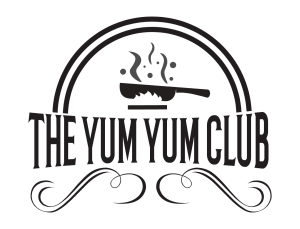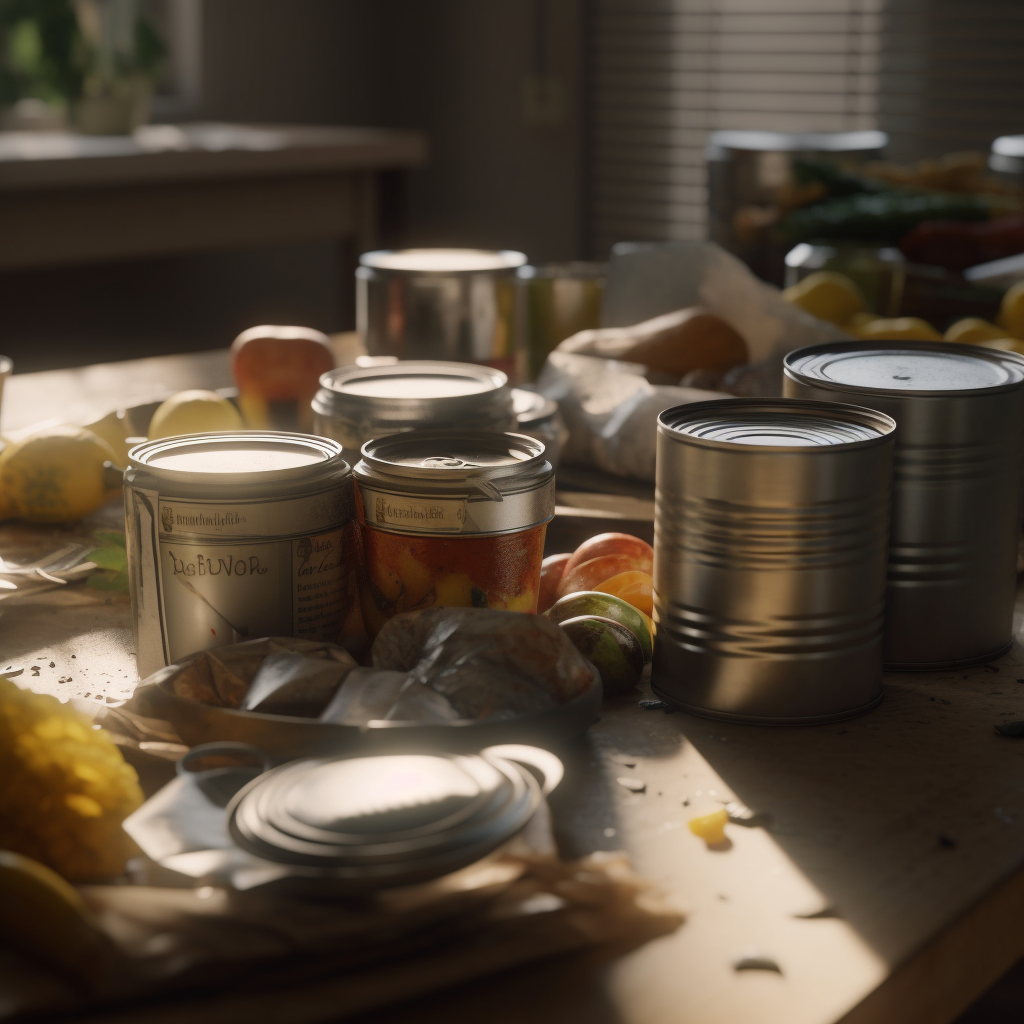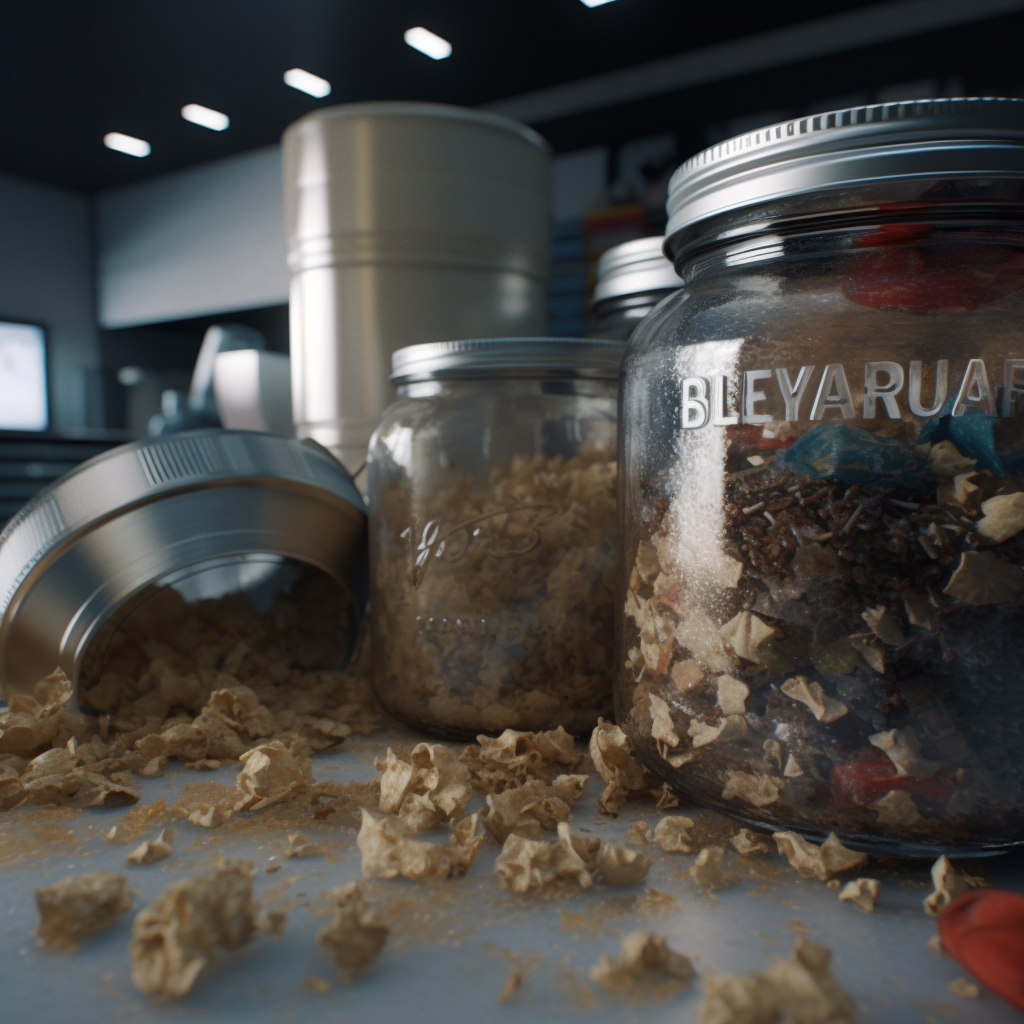From an unexpected second helping of mashed potatoes to the leftovers from a large family gathering, many have experienced having too much food and wanting to store it for later. While saving these delicious meals is a great way to save time and money, knowing how to store leftovers properly is vital in preventing food waste and ensuring that your dishes are safe to eat when you choose to enjoy them again.
In this article, we’ll provide tips on the best techniques for storing leftover foods so they remain tasty when reheating and beneficial health-wise. Read on for all the information you need to understand how proper storage ensures your meals can be eaten confidently.
The Basics of Proper Storage – How to Select and Store Food for Maximum Safety
Proper food storage is crucial for ensuring the safety and freshness of our food. To begin with, one must select the right kind of container for storage, with airtight containers and bags being the most effective in preventing spoilage. It is also essential to use the correct temperatures and humidity levels for different types of food. Refrigeration is ideal for perishable items, while dry and cool environments are suitable for non-perishable goods.
Keeping the storage area clean and free of pests is crucial, as these can pose a severe threat to food safety. By adopting these practices of proper food storage, you can enjoy the benefits of fresh and wholesome food while minimizing the risk of food contamination.
Reheating Leftovers – Tips for Ensuring Your Meal is Safe and Delicious
When it comes to reheating leftovers, there is more than meets the eye. It is essential to follow specific rules to ensure the food is safe and tasty. The first step is to check the temperature of the food before eating; according to health experts, anything below 65°C should be thrown away as harmful bacteria may have grown on it between storage and reheating. Furthermore, all cooked foods must be reheated thoroughly until steaming hot, which helps kill any bacteria that might have been present.
Finally, for optimal safety and taste, it is essential to store leftovers correctly following initial cooking – this means transferring them into airtight wholesale containers for food as soon as possible after cooking while they are still hot. Doing so will help maintain the quality of the food and avoid any potential health risks associated with bacteria growth.
Different Containers for Different Foods – Choosing the Right Storage Option for Your Leftovers
The type of container used will vary depending on the food storage type. For example, items like cooked rice, pasta, and potatoes should be kept in airtight containers or freezer bags to prevent them from drying out when placed in the refrigerator. On the other hand, foods such as soups and stews should ideally be kept in shallow containers to cool quickly without losing moisture. In addition, if you want to store hot liquids for extended periods, glass jars with lids are an excellent choice.
By understanding which storage method is best suited for each food item, you can maximize freshness and minimize the risk of food contamination. This way, you can enjoy leftovers that remain delicious and safe to eat.
Refrigerator and Freezer Storage Solutions – Making the Most of Your Fridge Space
Some tips and tricks can help you maximize your fridge space when storing leftovers in the refrigerator. One important rule is storing food on higher shelves so that air can circulate adequately – this prevents cross-contamination from other items or surfaces in the fridge. Additionally, storing raw foods on the bottom shelves is best practice since these should be kept away from cooked dishes.
For frozen leftovers, one must keep track of when they were placed in the freezer and follow a strict ‘first in, first out’ policy; this ensures that old items are remembered as more recent additions replace them. Labeling all containers with dates also helps to keep track of what’s been stored and for how long.
Tips for Limiting Waste – How to Make the Most of Your Leftovers
It’s important to consider how to make the most of your leftovers to reduce waste. One great way to avoid throwing away food that is still edible is by portioning dishes into smaller containers or bags and freezing them for later use. It will help you save money and cut down on food waste.
In addition, you can also use leftovers to create new meals. For example, a leftover roasted chicken can be used for tacos or a stir-fry, while cooked vegetables can be added to soups or salads. With creative thinking and careful planning, your food will never go to waste.
Making Leftover Meals Last Longer – Creative Ideas for Leftovers that Don’t Get Boring
Leftovers can quickly become boring if you eat them too often, so finding new ways to make meals enjoyable is crucial. One way is to mix and match different items from the refrigerator or freezer; this will create a variety of flavors and textures that will keep your taste buds happy.
Also, add condiments and spices to jazz up your leftovers. For example, adding chili flakes or a sprinkle of Parmesan cheese can quickly transform a bland dish into something exciting. With a little effort, you can make the same meal taste different every time you cook it.



Leave a Reply